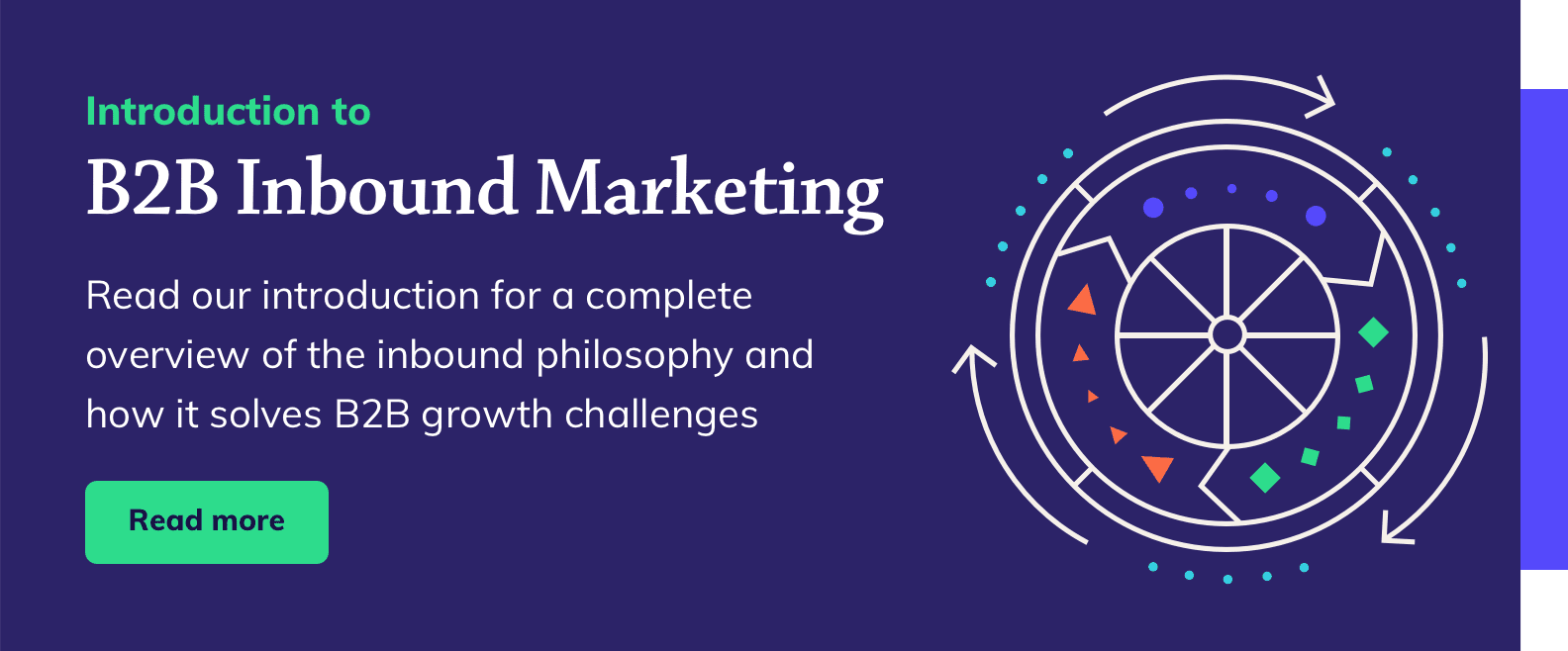At the heart of digital marketing lies customer data and lead generation. In the past, businesses could compile a list of leads by using simple opt-ins or by buying customer data outright.
However, since 2018, marketers have had to contend with the EU’s General Data Protection Regulation (GDPR) legislation. This legislation forced organisations to completely rethink the way they gather customer data.
How GDPR transformed marketing
One of the main tenets of GDPR legislation is data permission. Consent must now be obtained from customers before their data can be used by an organisation. If a business markets to, collects data from, or does business with EU citizens, it needs to be GDPR compliant. For a business that collects user information in order to generate leads, GDPR has almost certainly had an effect.
People must now unambiguously opt-in to businesses using their data. Additionally, companies must explain exactly what information they need to collect, how they plan to use it, and guarantee that they’ll only store it for as long as is strictly necessary.
GDPR compliant opt-ins
Because of these stipulations, many marketers have re-examined their online opt-in forms and how they generate leads. Older forms need to be rewritten to comply with new rules - they must be clear, in plain and unambiguous language, and set out exactly what data you need and why. Redesigning these forms can often be a good idea too - as consumers become increasingly guarded about what data they share online, it pays to build a secure and professional-looking form.
Businesses can also make use of 'double opt-ins' during their data collection. Already in use in many places, a double opt-in involves sending the customer a verification email after signing up to ensure that the correct person has been registered.
While it may seem that GDPR is restricting your business's abilities to collect data, there are upsides to the new processes. By guaranteeing that every lead on your list has willingly handed over their data and is essentially a self-qualified lead, you can be confident that your new lists will be of much higher quality than any you held before.
What is gated content and how can it help?
With the advent of GDPR, gated content has become one of the key avenues for businesses to collect customer data with consent, while offering something of value. Gated content requires a user to submit their data, generally into a form, before accessing content, whether that's a blog post, video, or other resources.
The content is targeted towards the organisation's audience and used to attract leads. The fact the content is hidden means it isn't going to be used for brand awareness or visibility. Instead, it's part of a lead generation strategy.
With a correctly designed opt-in that covers all the regulatory bases you can collect all the data you need in exchange for handing over valuable content.
You can even use gated content to segment your lead list, using the type of content that they sign up for as a hint about customer interests and intent - something you can later use for targeting your email campaigns. Crucially, it's important to remember that gated content for inbound marketing is never hidden behind a paywall - once users have submitted their contact information, they should gain access to the content in exchange.
Overall, there are several advantages to using gated content in a post-GDPR world:
- Increase in lead generation
- Provides a comprehensive insight into your customers
- Leads to more sales overall
- Effective way of gathering data with consent
With gated content, you can generate leads that can then be nurtured into prospects.
The different forms of gated content
Gated content comes in many shapes and sizes, but it should provide value and relevance to your audience. If your content is deemed valuable, it will give your audience the incentive they need to fill out the form and provide their data. Here are some examples:
White papers and ebooks
A white paper is exactly the kind of content that should be gated – long-form, in-depth, and showcasing thought leadership on a specific topic. By presenting this information in a way that shows authority, you present yourself as an expert, and somewhere your leads feel they have to turn to in order to get the answers they need.
Although generally shorter than white papers, ebooks are also used to display thought leadership and industry expertise in a given area, and helps build brand authority and audience trust.
Webinar
A webinar is designed to educate your audience while building trust and long-lasting relationships with them. A webinar can offer your audience a closer look at who you are as a business while presenting yourself as an industry expert. Webinars are an excellent piece of gated content, as they offer real insight into the chosen topic and your knowledge on it.
Templates
A template is a unique offering for gated content, providing your audience with a real, actionable piece of content. The value proposition behind a template is seen as higher than that of an ebook or white paper as your audience appreciates that you've made something that's of use to them, and removes a lot of hard work, whether that's a designed news feed template or a pricing package template for a service business.
Adapting to GDPR
Despite the changes that GDPR introduced in 2018, many of your older lead generation tools should still be useable. As long as your lead generation methods adhere to the legislation, it’s possible to adapt successfully – and utilising gated content that incentivises your audience with actionable, valuable content is a fantastic means of doing so.





